All emergency lights and illuminated emergency exit signs use batteries to power the lights. To ensure the continuous readiness and operation of the emergency lights, these batteries are rechargeable. The circuitry within the emergency lights both charges the batteries and ensures that they remain charged.
Ni-Cd Battery Pack 3SC 1500mAh 3.6V
There are two types of batteries used in emergency lights; they are
● Sealed lead-acid batteries (same type as for automobiles)
● Nickel-cadmium batteries
Sealed lead-acid batteries are the oldest rechargeable technology. They are called lead-acid because they contain lead alloy plates that are immersed in acid. The acid breaks down the plates and produces electrons that are charged, i.e. electricity. More recently, the technology of lead-acid batteries has been improved to allow for completely sealed cells that do not require the addition of water to maintain acidity.
Nickel-cadmium batteries were the first ever "dry" (no acid required) rechargeable batteries. Since then, other technologies have been developed, but they usually cost more. In a NiCd battery, two metals are separated by a dielectric (non-conductive) layer that allows the metals to react magnetically with each other to produce charged electrons, which create an electric current.
There are advantages and disadvantages to each of the two types of rechargeable batteries used in emergency lighting equipment.
Advantages of lead-acid batteries: ● Lowest cost ● Better resistance to heat and cold | Disadvantages of lead-acid batteries: ● Larger size ● Heavier weight ● Must remain upright ● Damaged by “deep cycling” (allowing the battery to lose charge) |
Advantages of nickel-cadmium batteries: ● Smaller size ● Lighter weight ● Can be oriented in any direction ● Longer life ● Susceptible to extremes of heat and cold | Disadvantages of nickel-cadmium batteries: ● Higher cost ● Must be totally discharged periodically (the annual test takes care of this) ● Has a “memory” so that if it is not fully charged the first time, it never will accept a full charge |
Typically, lead-acid batteries are used for steel-cased emergency lights and NiCd batteries are used for thermoplastic-cased emergency lights.
It is important to note that in the case of a battery replacement, the same type of battery must be used as the one originally included in the unit. Changing the battery type also requires changing the circuit board, as the charging circuit is contained on the board.
The batteries used in the emergency lights are also available in a variety of voltages, from 6 VDC to 24 VDC. higher voltages allow brighter lights to be connected to the emergency lights. They also work better in situations where a remote light head needs to be connected to the emergency light unit because there will be less voltage loss over the line distance. Finally, higher voltage batteries also allow the use of higher wattage bulbs, which further increases light intensity.
When replacing batteries in an emergency light, it is important to make sure you install the same battery voltage as well as the same battery type. Too high a voltage will burn out the light, while too low a voltage will cause the light to dim. In addition, if the battery voltage and the circuit card voltage are different, the battery will not charge properly.
The battery is the most important component of the emergency luminaire other than the lamp. Safely protected within the unit, it is the power source for the emergency light when the house loses power, providing the occupants with enough light to find their way to the nearest exit point.
Before replacing the batteries in an emergency light, be sure to note the type, voltage and current of the old batteries. The standard internal power source for most lights is sealed lead-acid and nickel-cadmium, with very few exceptions. Sealed lead-acid batteries have been in use for 30 years, but nickel-cadmium batteries are rapidly replacing lead for their longer life and compact size.
Emergency light batteries come in many shapes and sizes. 6 volt 4.5 amp sealed lead-acid batteries are one of the most common models used in emergency lights. It is affordable and ready to ship today.
We offer all different shapes, sizes and models of emergency light batteries and are happy to answer any questions you may have about them. Call us today to place your order or to learn more about our battery selection. You can also email one of our battery specialists for information and to request a quote or invoice.
Without the correct batteries installed, emergency lights will not function properly in hazardous situations such as fires, earthquakes, or other situations when a building loses AC power. OSHA (Occupational Safety and Health Administration) guidelines require regular preventive maintenance to ensure that the equipment works properly during power outages.
● Power the light head in case of an emergency
Must last at least 90 minutes
● Are economical and easy to replace
● Provide different voltages and currents
● Tested monthly and annually according to OSHA regulations
A battery test button is standard on all emergency lights. By pressing the test button, the emergency light unit switches from AC power to emergency battery power, giving you a clear view of the remaining charge.
A fully charged battery in good condition is required to power the emergency light for at least 90 minutes. The UL 924 listing applies only to batteries that meet or exceed UL's stringent testing procedures.
Many of today's emergency luminaires come with a self-test option that allows the unit to automatically run monthly and annual checks, thereby reducing maintenance needs and increasing the efficiency of the building's emergency lighting system.
Replacing them is also a very important thing to know how to do ......
According to OSHA guidelines, emergency light owners should perform regular scheduled maintenance on a monthly and annual basis. If the 90-second or 90-minute emergency readiness test proves unsatisfactory (i.e., the light does not come on), the emergency light batteries may need to be replaced.
Fortunately, the maintenance involved is actually very quick and easy, as most modern luminaires have a push-test switch that will provide you with an accurate battery reading. Pressing this test button activates the unit's cutoff circuit (simulating the loss of AC power) and should trip the battery. If the battery is dead, the light won't come on. It really is that simple.
Step 1 - Take a screwdriver and open the housing. Most emergency lights will use a Philips head, but special hexagonal screwdriver heads will be used for certain hazardous locations in vandal-proof fixtures. It is expected that you or your maintenance department will keep the bit that came with the unit when you purchased it.
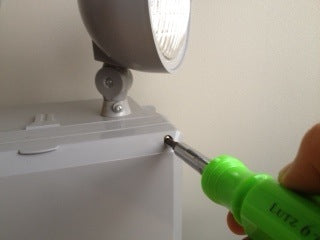
Step 2 - Now that you have removed the tray, you will see a lot of wires (don't worry it is normal). Some of these red, black, blue or white wires will lead from the AC conduit to the voltage transformer which leads to the switching circuit. One, two, or several wires will connect the board to the battery.
Step 3 - Depending on your emergency light, the battery will be either a sealed lead acid (SLA) or nickel cadmium (NiCd) battery type. SLA tends to look like a baby car battery, while NiCd usually resembles a regular household AAA battery, sealed in a protective plastic shrink wrap.
Once the leads are removed from the + and - contacts, most batteries will slide out of the unit. Some batteries will be installed in the harness and you will also have to remove them.
Remove the harness and battery from the housing. The first thing to note is the voltage, usually 6v or 12v. Do not try to use a 12v battery in a 6v emergency light and vice versa.
One of the fastest ways to find the battery type is to simply look at the label inside the housing.
A quick Google search should tell you that this is a battery made by Ningbo Jiming Electric. They probably have several US distributors in North America that you can easily buy from. Simply place your order and the battery will be at your doorstep in two weeks. However, if no identifiable battery type is specified, or if you wish to use a U.S. brand, call a certified distributor such as Emergency Lighting.
Before calling, be sure to determine the voltage (6V or 12V), size (L x W x H in inches) and terminal type of the dead battery to get a new one. But wait, you say, what exactly is the terminal type?
Faston Tabs (pictured) are the most common terminals for this type of battery. Your fixture will come with a red, black and white blade connector that slides over these tabs to close the circuit.
L terminals are located on some of the larger cells. They have an L-shaped post with a bolt hole on the vertical side. These are most similar to automotive battery terminals, so they are very rare unless they are a heavy duty type rated for extended emergency run time.
Female to Male Battery Leads are simple snap-on bullet connectors that allow for quick and easy connection of multiple NiCd batteries. Since each cell in the pack has its own positive and negative terminals, multiple cells can be combined into one easy-to-connect lead.
Ni-Cd Battery Cell AA 600mAh 1.2V
Most emergency exit signs are powered by the building's AC power supply to keep the battery backup system fully charged. During a power failure, the batteries are required to illuminate the sign for at least 90 minutes. But did you know that exit signs use more than one type of battery? In this article we'll take a closer look at the types of batteries used in these life-saving signs.
Some exit signs on the market do not require a power source, however, they are often confused with our electric LED models. These non-electrical devices include photoluminescent (glows in the dark) and self-luminous signs, which are naturally illuminated by a glowing hydrogen gas called tritium. These battery-free devices are ideal for remote areas where buildings have little power and have a 20-year lifespan; far more than the 90 minutes provided by electrical devices.
A long time ago, exit signs were not even considered emergency devices and expired the second a power failure occurred. Later, buildings began installing battery units on each floor to power a string of remote exit signs. While a significant improvement over the previous generation, these early emergency devices suffered from power overloads that would quickly deplete after a power outage.
Today, laws and technology have come a long way. The incandescent bulbs of the last century, which may have lasted two years, have been phased out by LED technology that lasts a decade and uses only a fraction of the wattage. Modern exit signs also have smaller batteries that fit inside the cell. These combined advantages result in more efficient, longer lasting signs.
The nickel-cadmium (NiCad) emergency light battery is popular for its compact size and powerful capacity. It is affordable and ready to ship today.
Only three types of batteries are used in modern exit signs: nickel cadmium (NiCad), nickel metal hydride (NiMH) and sealed lead acid. NiCad batteries can be used for up to ten years and come in a variety of sizes and capacities to meet different requirements. They resemble small black bricks with contact points on the front and sides.
NiMH batteries look just like NiCd batteries, only smaller. This is because the only major difference in the NiMH design is its negative contact point, made of a hydrogen-absorbing electrode instead of cadmium.
Sealed lead-acid batteries can be found in most pre-LED exit technologies and current exit sign combination devices. Despite its age, sealed lead-acid can carry a heavier electrical load than NiCd or NiMH, making it ideal for combination units that include a powerful double-headed light on top of the standard LED exit design.
Knowing something about the battery requirements for various emergency exit signs will make it easier to purchase replacements in the future.
Replacing your own batteries may sound like the job of an electrician or maintenance person. But as you can see, it's actually pretty simple stuff! It requires zero knowledge of electricity or wiring and does not require a certified electrician to install.

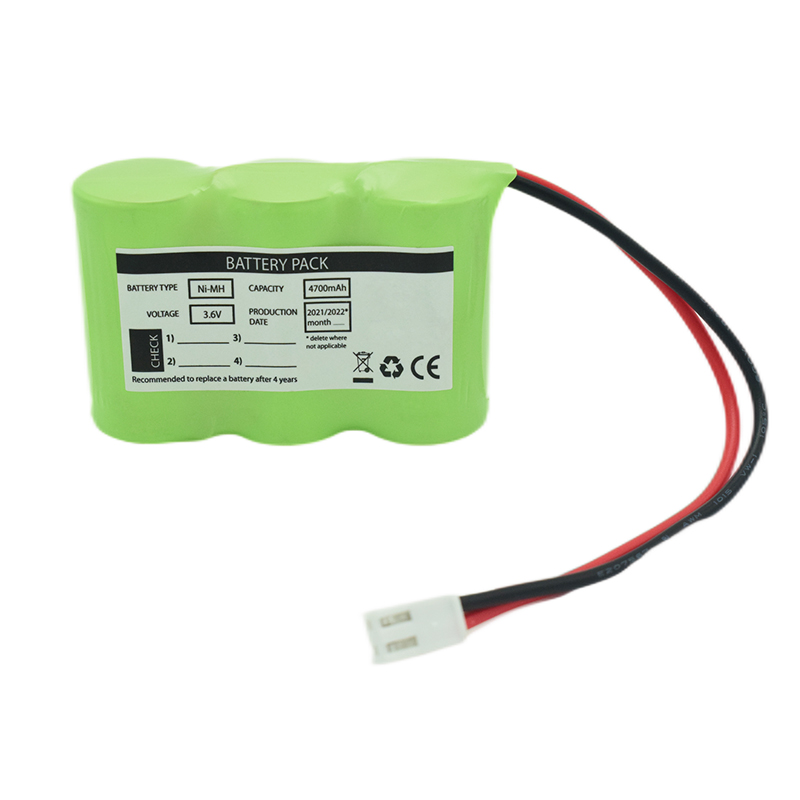 Ni-MH Battery C4700mAh 3.6V
Ni-MH Battery C4700mAh 3.6V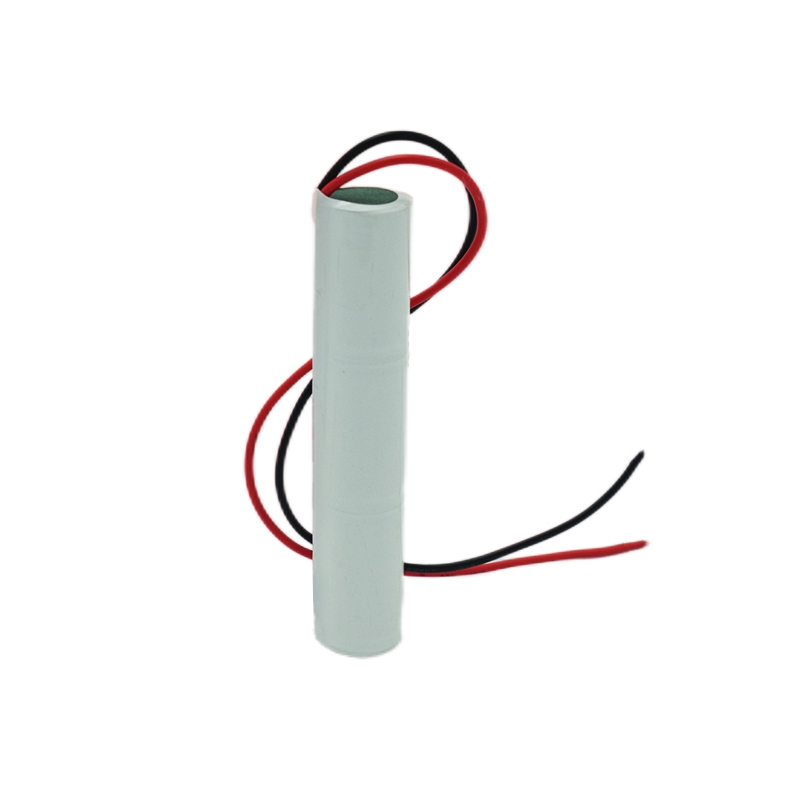 Nickel Cadmium Nicd Battery Pack SC1800mAh 3.6V
Nickel Cadmium Nicd Battery Pack SC1800mAh 3.6V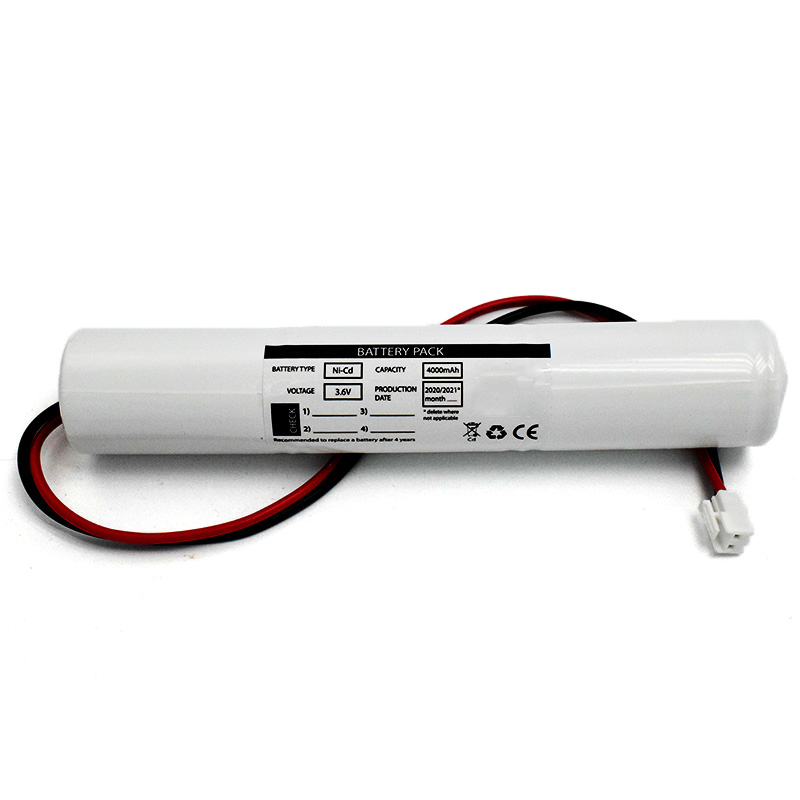 Ni-Cd Battery Pack D4000mAh 3.6V
Ni-Cd Battery Pack D4000mAh 3.6V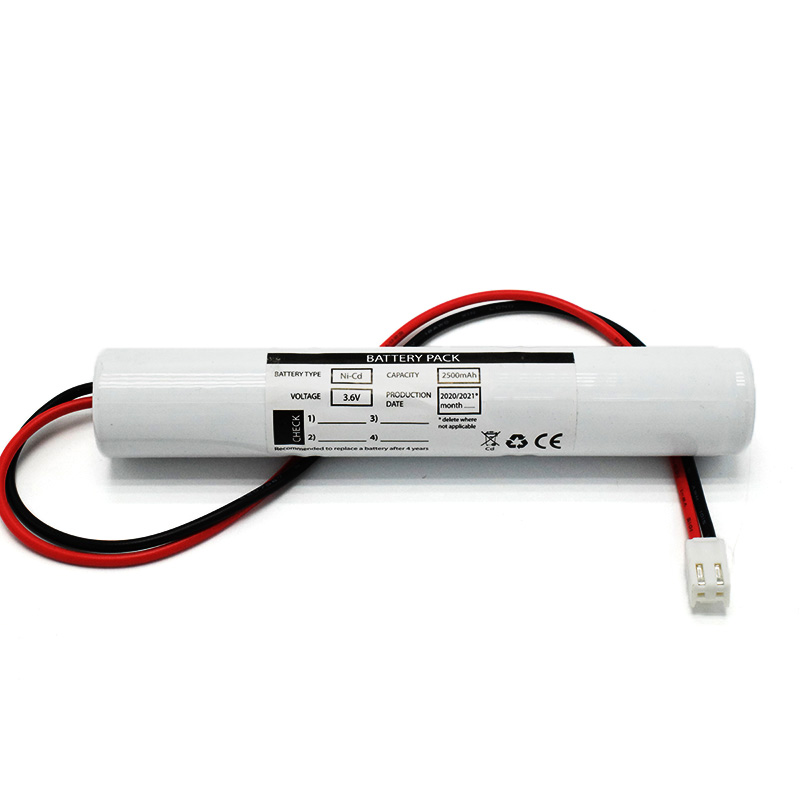 Ni-Cd Battery Pack C2500mAh 3.6V
Ni-Cd Battery Pack C2500mAh 3.6V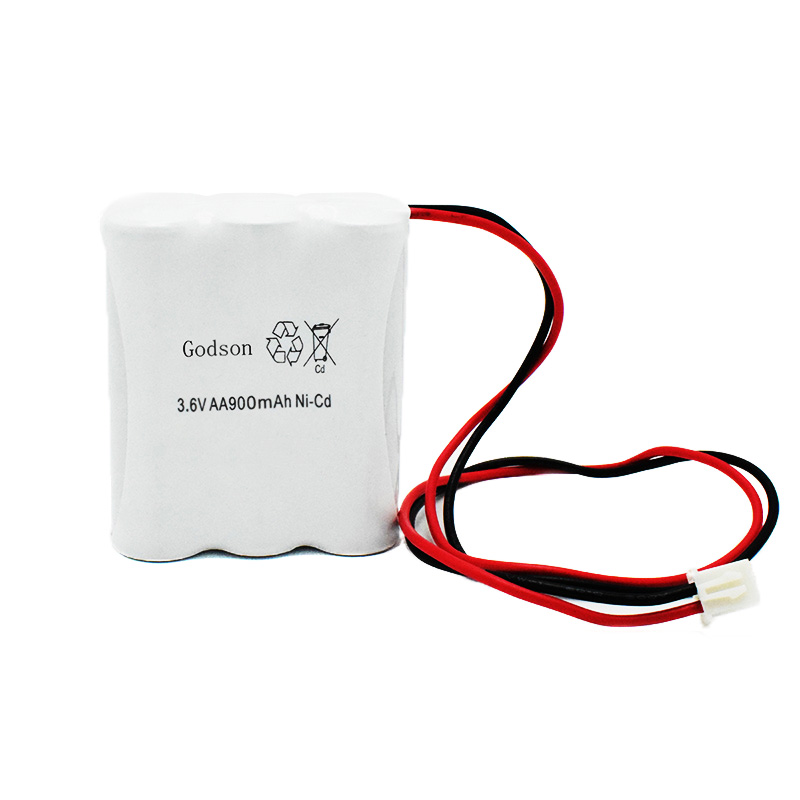 NICAD Battery Pack AA900mAh 3.6V
NICAD Battery Pack AA900mAh 3.6V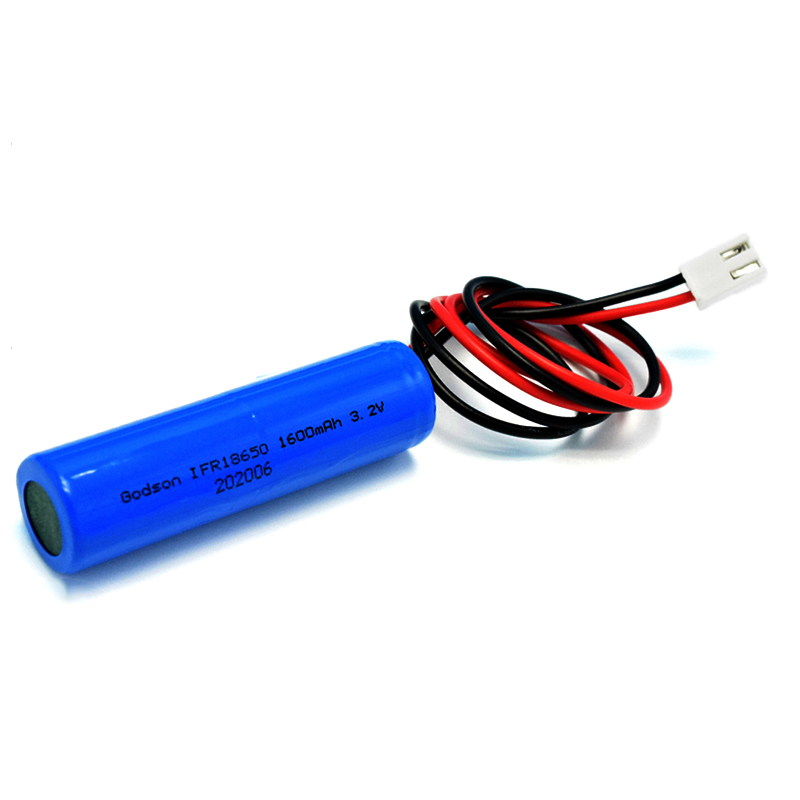 LiFePO4 IFR18650 1600mAh 3.2V
LiFePO4 IFR18650 1600mAh 3.2V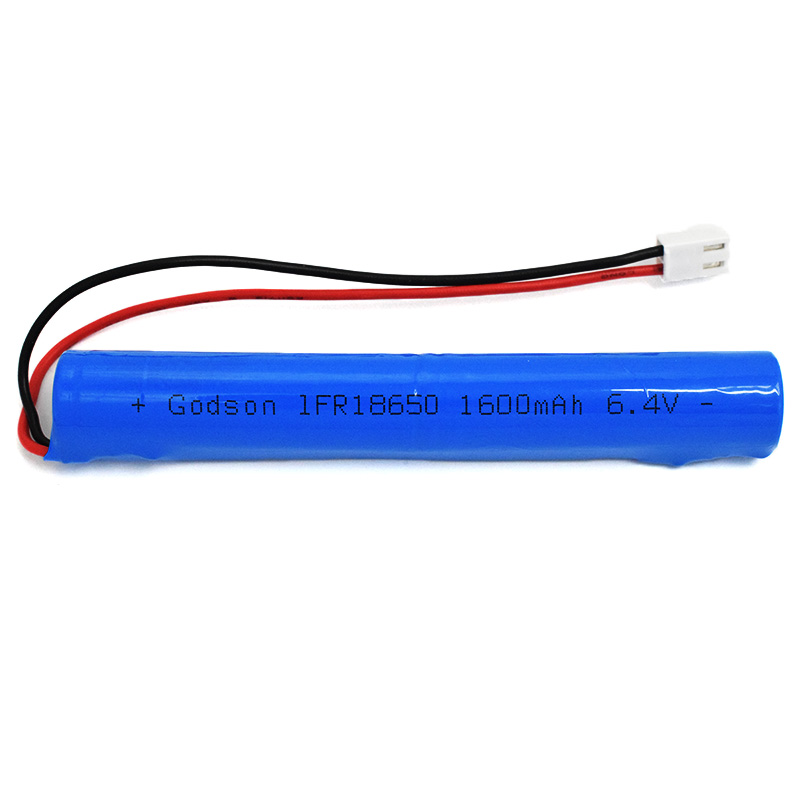 LiFePO4 IFR18650 1600mAh 6.4V
LiFePO4 IFR18650 1600mAh 6.4V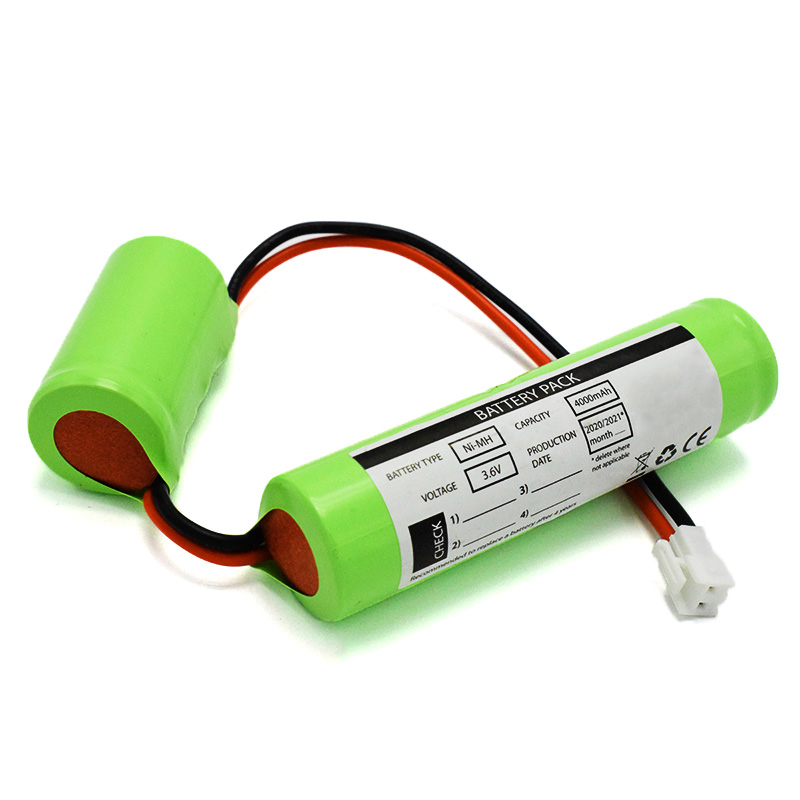 Ni-MH Battery C4000mAh 3.6V
Ni-MH Battery C4000mAh 3.6V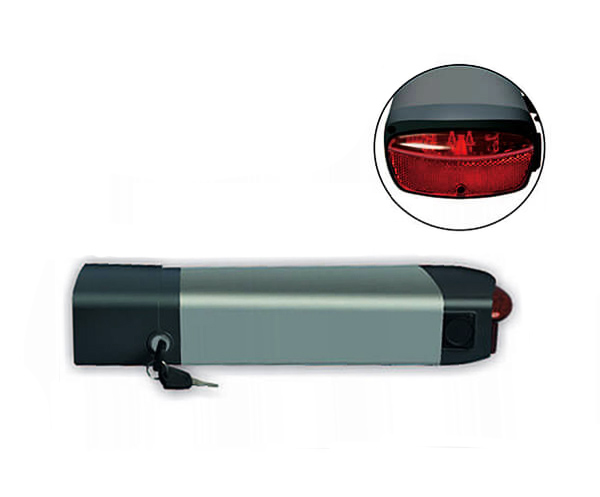 E-bike Battery 48V 10Ah JL-1
E-bike Battery 48V 10Ah JL-1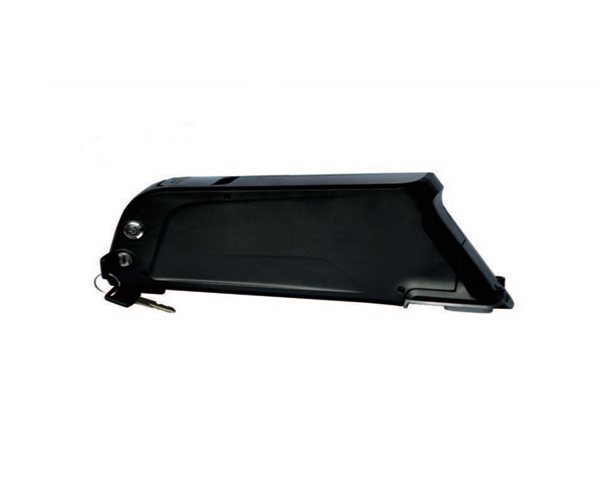 E-bike battery 48V 10Ah Qing Tian
E-bike battery 48V 10Ah Qing Tian